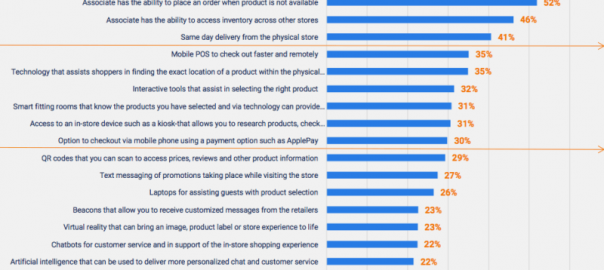Survey of 1,000 US adults contains lots of findings and implied recommendations for both brands and traditional retailers.

One of today’s marketing mantras is “brand loyalty is dead.” As always, the truth is more complicated than a slogan.
While millennials and Generation Z are less likely to be loyal than previous generations — chiefly because there’s more transparency and information available to them — there’s a strong argument to be made that brands and retailers that get the customer experience right will see greater loyalty. Amazon is example number one of customer loyalty in a digital age.
An extensive new report from Astound Commerce, based on a consumer survey of 1,000 US adults, takes a look at shopping patterns and explores the relationship of brands and retailers and how different channels impact purchase behavior, including physical stores. In many cases, these brands (apparel, appliances, electronics, sporting goods and others) have their own stores; in some cases they do not.
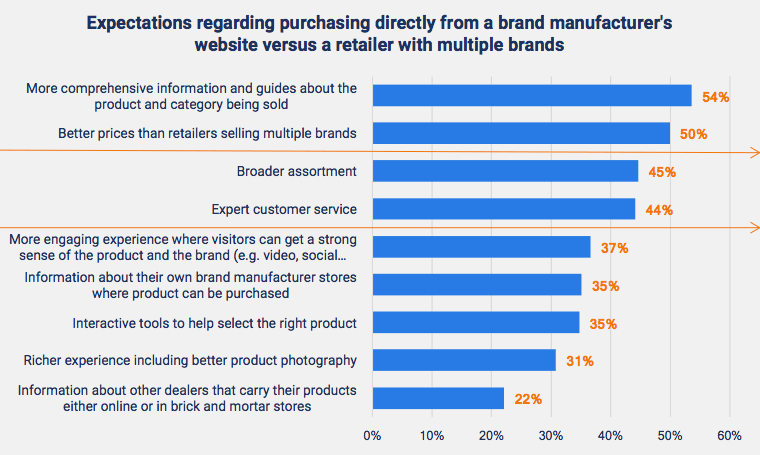
I spoke to Lauren Freedman, SVP of digital strategy for Astound Commerce and the author of the report. Among the many findings, I asked her what stood out or what surprised her. (In this post, I discuss only a few of the findings in the 50-page report.)
She said the fact that 59 percent of respondents preferred to do research directly on brand sites and 55 percent want to buy from brands directly (vs. multi-brand retailers) was a bit surprising to her. She also pointed to generally positive sentiment surrounding purchase and service experiences with brands.
“These people have mostly favorable views of brand experiences; they’re meeting or exceeding shopper expectations,” Freedman said.
While the survey responses vary by gender and age group, the majority of respondents expressed the general notion that brand/manufacturer websites offered better and more complete product information — and better prices. Whether or not that is actually true, it was the perception.
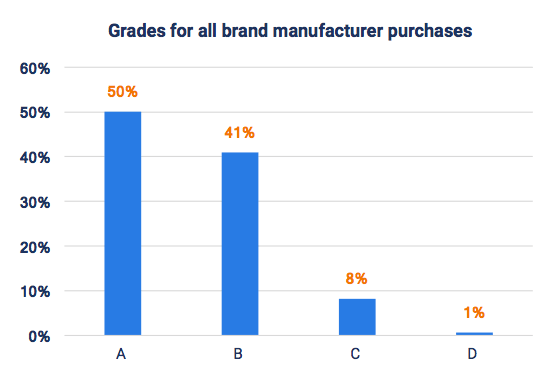
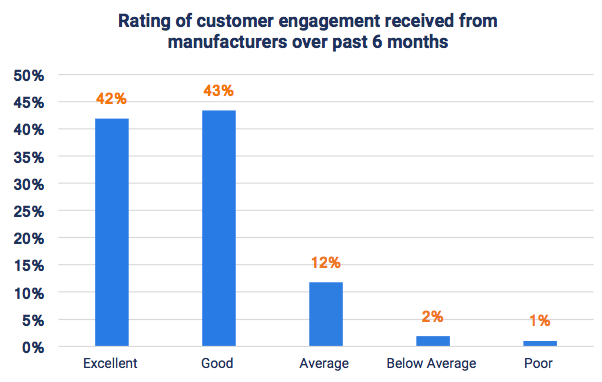
Beyond positive brand purchase experiences, whether online or in stores, respondents gave them high marks for “engagement,” which includes pre- and post-sale contacts. Another thing Freedman pointed to as something of a surprise was the role of social media as a discovery tool and in driving traffic to brand websites. It was the top source, above search and word of mouth.
In some cases, this is probably social media communications to followers. But more broadly, it speaks to the role that social media now play in shopping and product discovery in general.
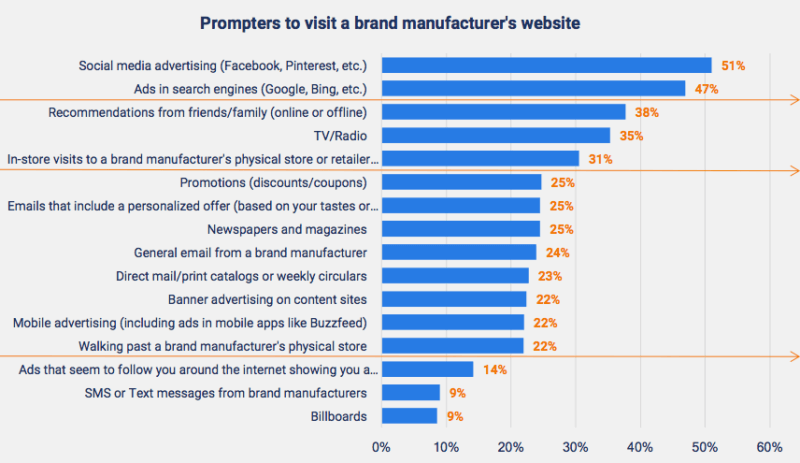
Driving site traffic is not the same as driving conversions, however. And the study makes it abundantly clear that there are many channels and touch points involved in consumer purchase decision-making, including physical stores.
Nearly 80 percent of these consumers visited a store as part of their shopping journey, though they also purchased a great deal online. Though it’s not reflected in the chart below, search is also a key channel in the purchase process.
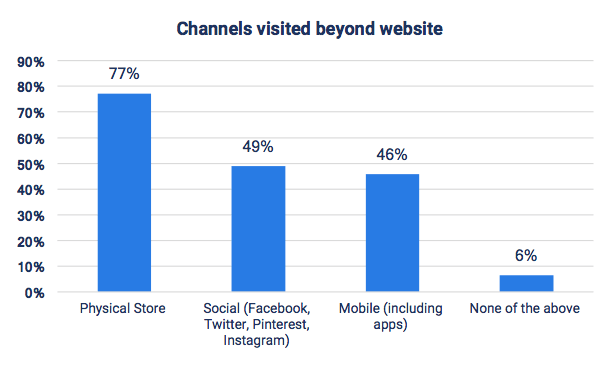
The main reason for visiting a physical store, as you might imagine, is to see the product in person. Interestingly, a smaller majority said that they couldn’t get a “full sense of the brand experience” outside of a store.
The report contains a lot of implied recommendations about functionality on brand websites. It identified hierarchy of tools and capabilities that consumers wanted from brands and manufacturer sites.
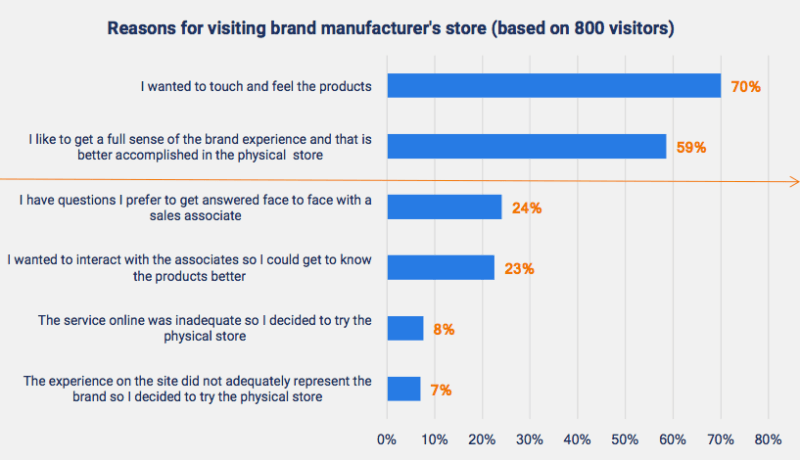
There’s a corresponding discussion of what consumers want from in-store experiences. Immediate access to product inventory was the top desire; they also wanted same-day delivery.
Historically, one of the major reasons people go to physical stores is to buy and take something home the same day.
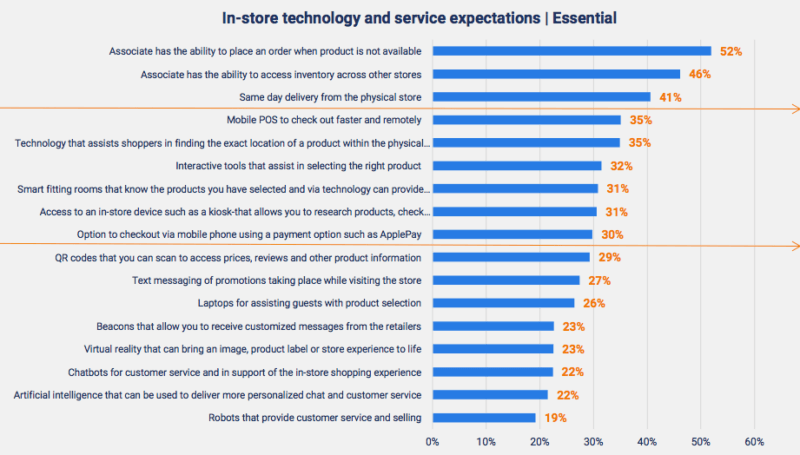
As I indicated, there are many more findings in the report that are worth reviewing if you’re a retailer or product maker or an agency that works with either.
My inference from all the data in the report is that loyalty isn’t dead. Consumers are just much more impatient and demanding now. The bar being set for loyalty is much higher and harder to get over. And the study argues that brands are doing a better job than multi-brand retailers at meeting rising consumer expectations.
Marketing Land – Internet Marketing News, Strategies & Tips
(45)
Report Post